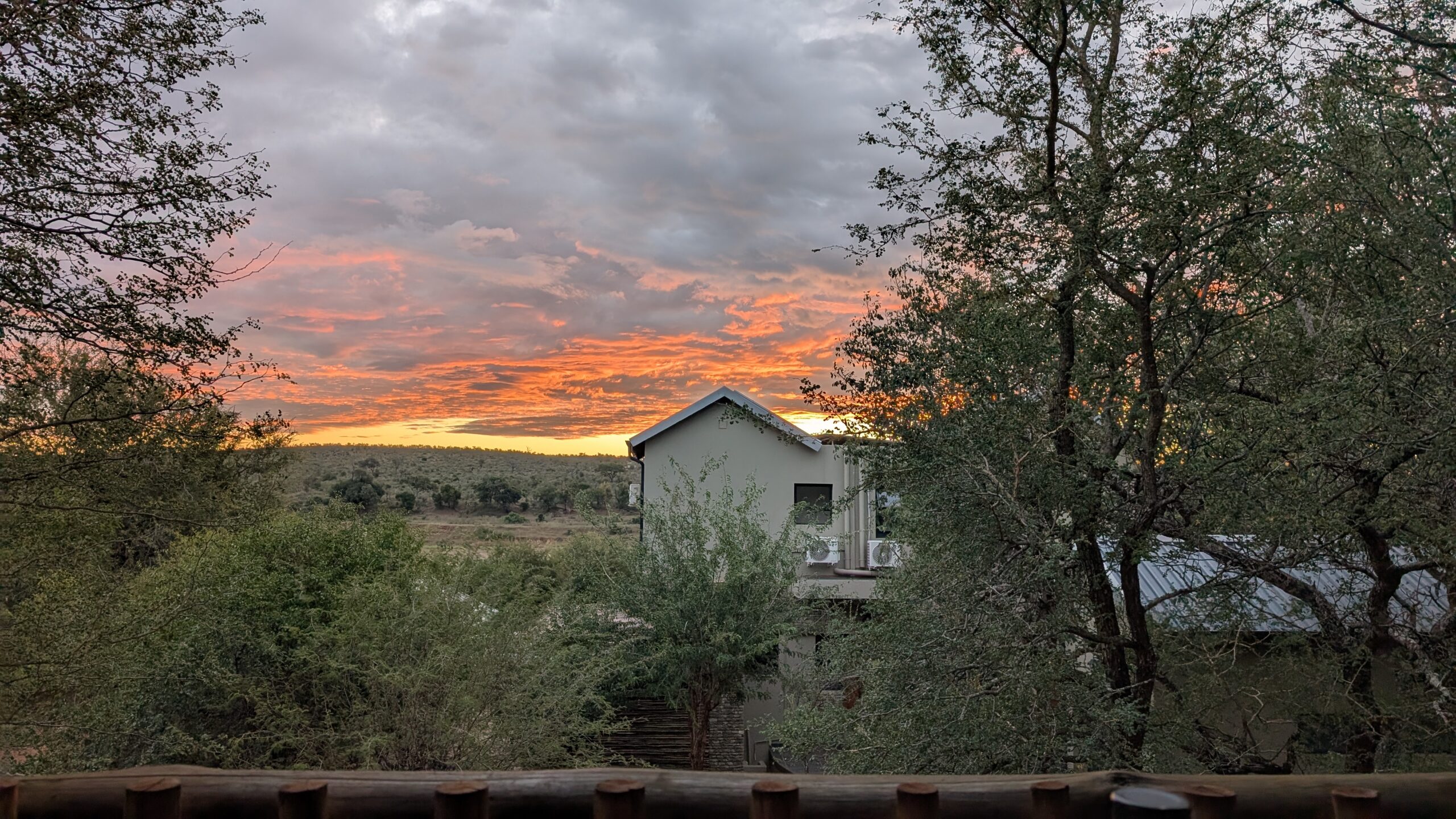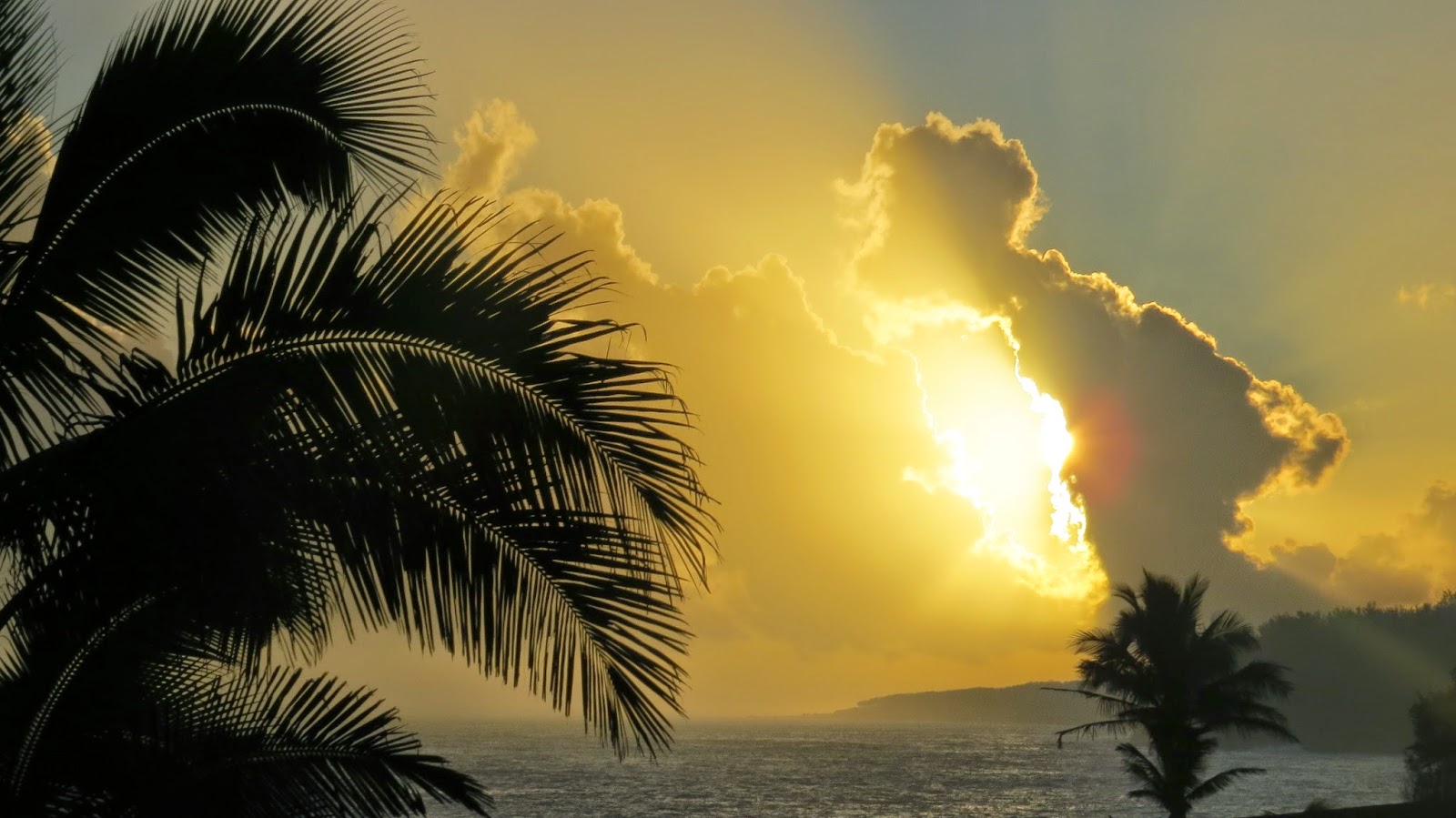 |
| Although rocky, the sandy beaches are beautiful. |
“Fascinating Fact of the Day About Ireland”
“Rotunda Hospital in Dublin opened its doors in 1745. It is the longest-running
maternity hospital in the world.”
We can’t quite grasp the fact that we’ll have been traveling the world for seven years in a little over four months, although we began posting in March 2012, before leaving the US. It’s interesting to look back at those old posts to see if we’ve changed our views and perceptions. Often, we’ll read a post from so many years back on the same date.
On June 20, 2012, ironically, we wrote the following, in part, at this link:
“The uncertainty of the quality of medical care in the many countries we will visit undoubtedly presents us with cause for concern. Overall, we are both in relatively good health after working so hard to improve it these past few years.
With our healthful low carb diet of organic, grass-fed meats and produce, exercise (mostly me), reduction in exposure to toxic chemicals in our home, low stress, and a happy relationship, we feel we can manage our few complaints easily from afar.
 |
| Fishing boats in the bay. |
Our doctor will be available via the Internet should we have questions, and we’ll be well-armed with a wide array of preventive and emergency medications should an illness arise. In the past almost year, neither of us has had a cold, a virus, or illness requiring a trip to the doctor.
Our recent medical appointments have been for the sole purpose of reviewing our travel medications, receiving our vaccinations, and having blood tests with an annual exam thrown in for good measure, all of which showed tremendous improvement from a few years ago. We are hopeful.
AWe should be fine if we don’t get bitten by a snake or warthog, break a leg, or have a sudden gall bladder or appendicitis attack, But, of course, we must plan for the possibility of illness in the following manner:
- Emergency evacuation insurance
- Supplemental insurance for Jess (Medicare won’t pay for any care out of the US). Only 60 at retirement, Tom will be covered by his regular insurance. Proof of insurance documents.
- Prescription processing from afar (as mentioned in prior posts, we’re awaiting a response from our prescription plan as to whether they will provide us with 12 months of prescriptions at a time).
- Emergency medication for infections, bee stings, and allergic reactions (Epipen), and gastrointestinal distress.
- Copies of all of our immunizations (proof of yellow fever vaccine required with passport upon entry into Kenya).
- Copies of all of our prescriptions (if we are asked during customs inspections or through security).
- First-aid supplies: Bandages, antibacterial and cortisone creams, alcohol, hydrogen peroxide (small bottles).
- Over-the-counter medications.
- Vitamins/Supplements we currently use.
- Medical records for both of us (scanning these).
- Optical needs: extra sets of glasses/prescription sunglasses for Tom, three years of contact lenses for me. Both of us are yet to have our final optical appointments.
- Final dental appointments and supplies: Our teeth will be cleaned two weeks before leaving the US while visiting Las Vegas over Christmas. The past few years, we both had all the crowns done that we’d needed.
- Copies of our living wills and legal designation for medical advocacy in the event of an emergency.

It was hard to determine how this building crumbled.
 |
| Another pretty beach scene. |
These days, we’ve seen many great photos taken with smartphones but now, after using a camera for so long (we have two), we have no interest in going back to the phone for photos.
But, as I reread through the above, not having read it in seven years, I was amazed at how little we’ve changed. Plus, unknown to us at the time, our insurance concerns were well-founded as we continued to deal with my recent open-heart surgery issues. (I won’t get into that here today, as they continue to avoid reimbursing us for the many expenses we paid out-of-pocket).
 |
| House on a hill overlooking the sea. |
When refills are due, I’ll be able to order them through ProgressiveRX, having them shipped to wherever we may be at the time. Hopefully, I have enough meds to last until we arrive in the US and deal with more prompt mail service than some countries.
Of course, since the above dates, we’ve both turned 65 (and now over 65) and could no longer use the insurance we had when we started. Medicare doesn’t pay outside the US, so before that time, we arranged for the insurance we now have that we can’t cancel until we find another option and they pay the claims. So far, no luck in either situation.
 |
| Painted sheep grazing in a field. |
Many of the supplies we mentioned in the old post have long since been eliminated from our bags. We don’t have space for many supplies with only one extra (third bag between us). In most countries, we can purchase a close alternative to any items we may need.
Tomorrow, we’ll share photos and stories of yesterday’s sightseeing outing.
May your day be filled with pleasant memories of times past.
Photo from one year ago today, June 20, 2018:
 |
| Little Wart Face, whom we later called “Little,” was so warm during yesterday’s 34C (93F) he climbed into the cement pond to cool off! We couldn’t stop laughing. After he exited the pond, he found a shady spot for a nap. For more photos, please click here. |





















